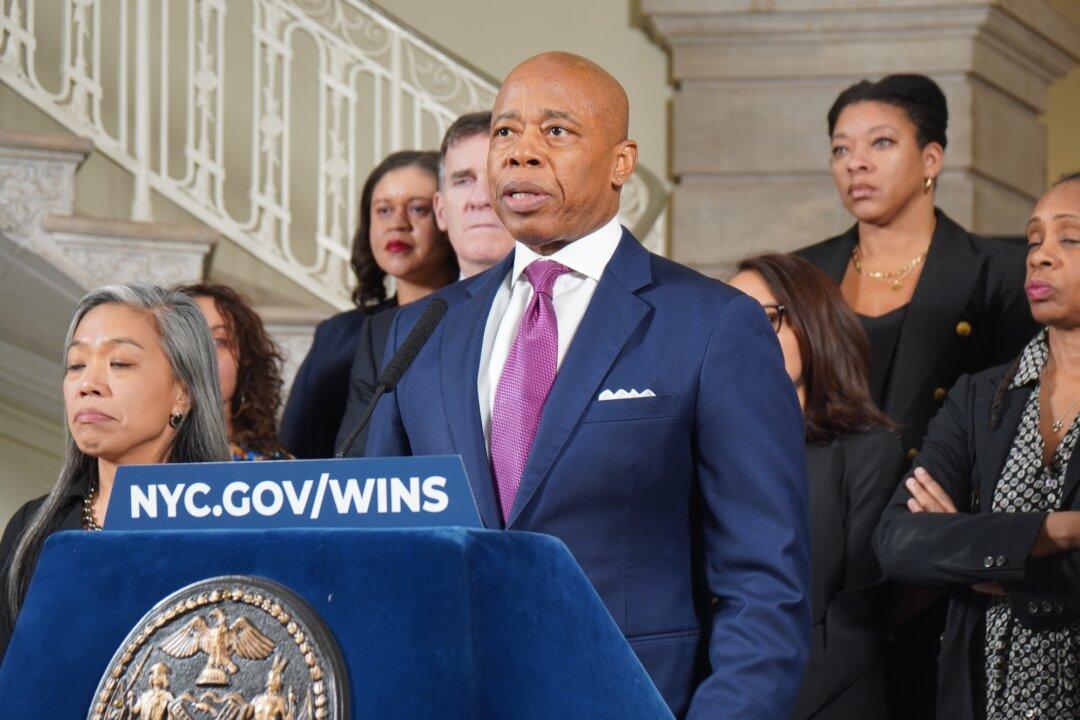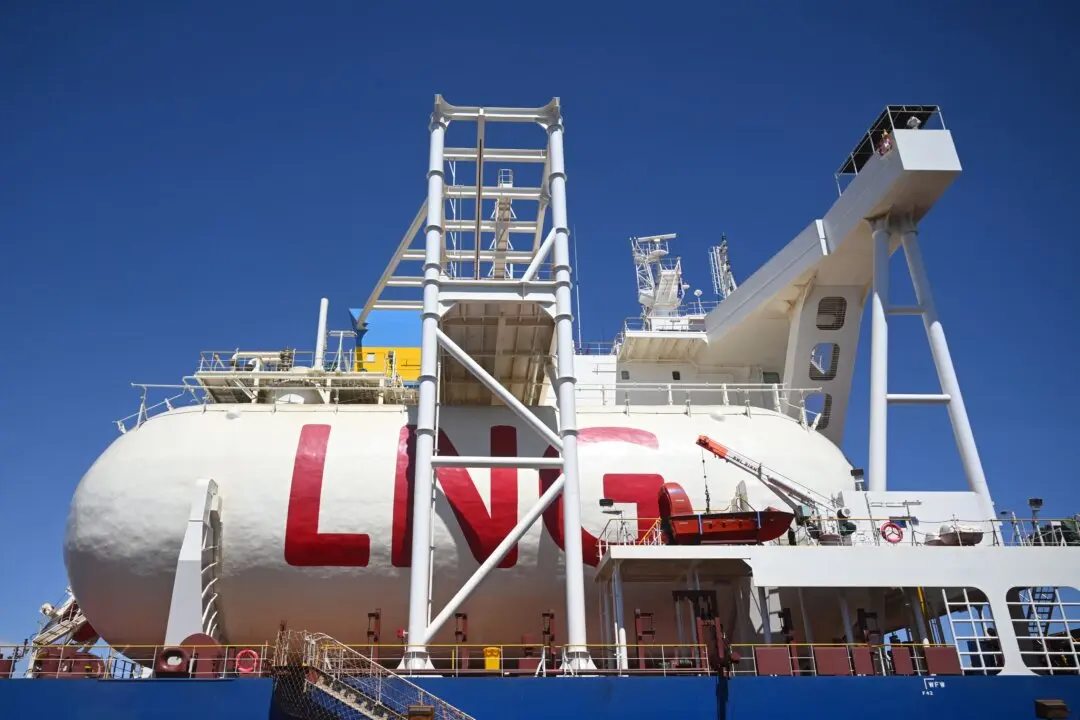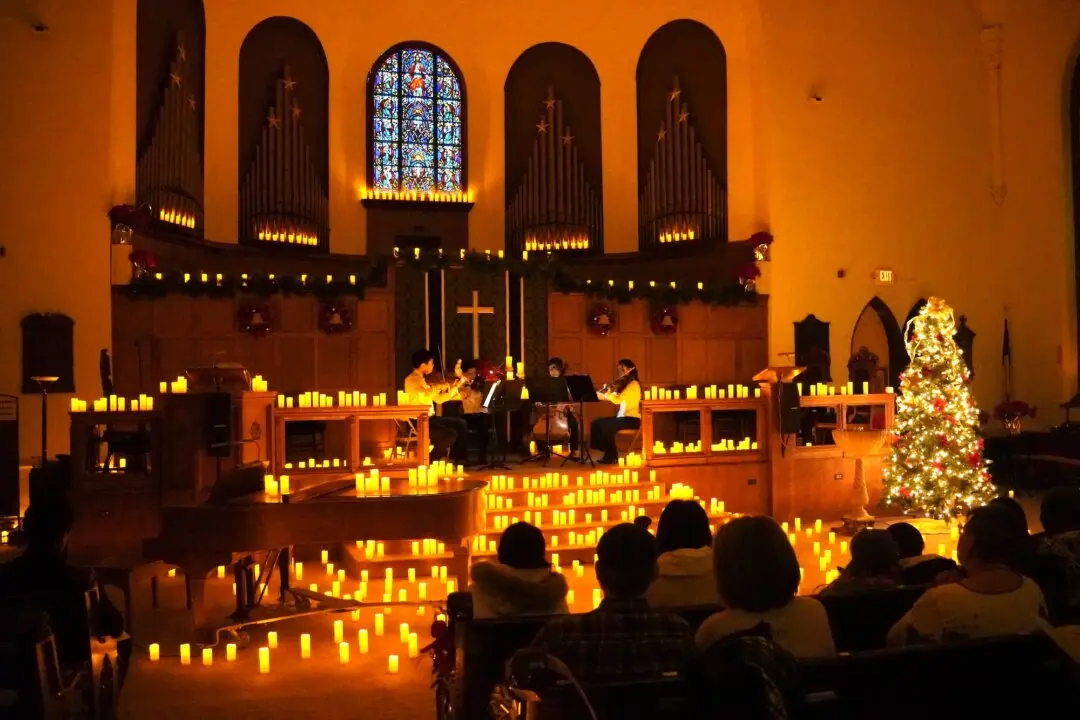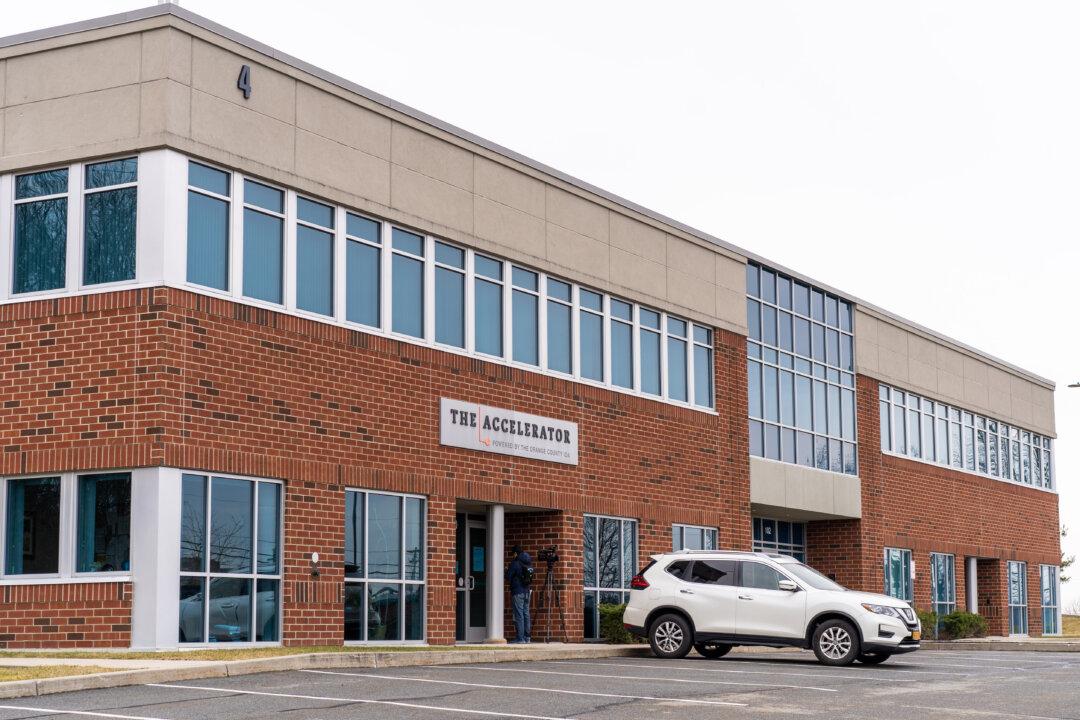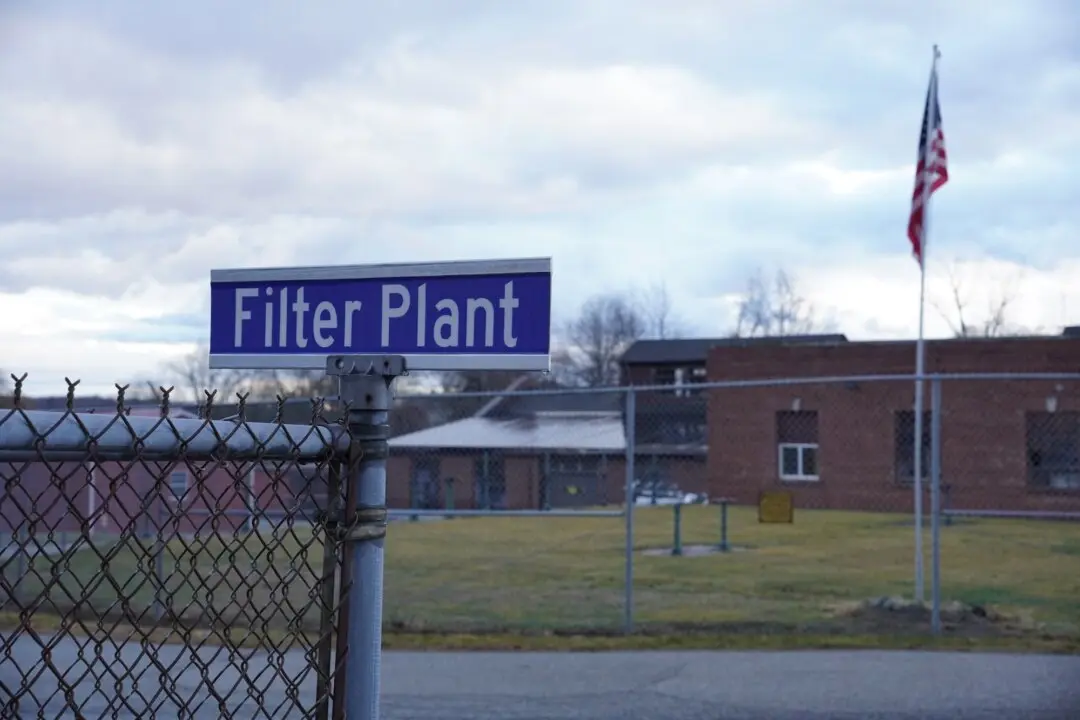NEW YORK CITY–Mayor Eric Adams unveiled the city’s preliminary 2026 budget on Jan. 16, crediting lower than expected migrant expenses for hundreds of millions in new spending.
During a live stream presentation, Adams revealed a $114.5 billion budget—$2.5 billion larger than the current year’s fiscal budget. An extra $2.4 billion has been carried over from the previous year’s budget because the city spent less than expected on the migrant crisis.
